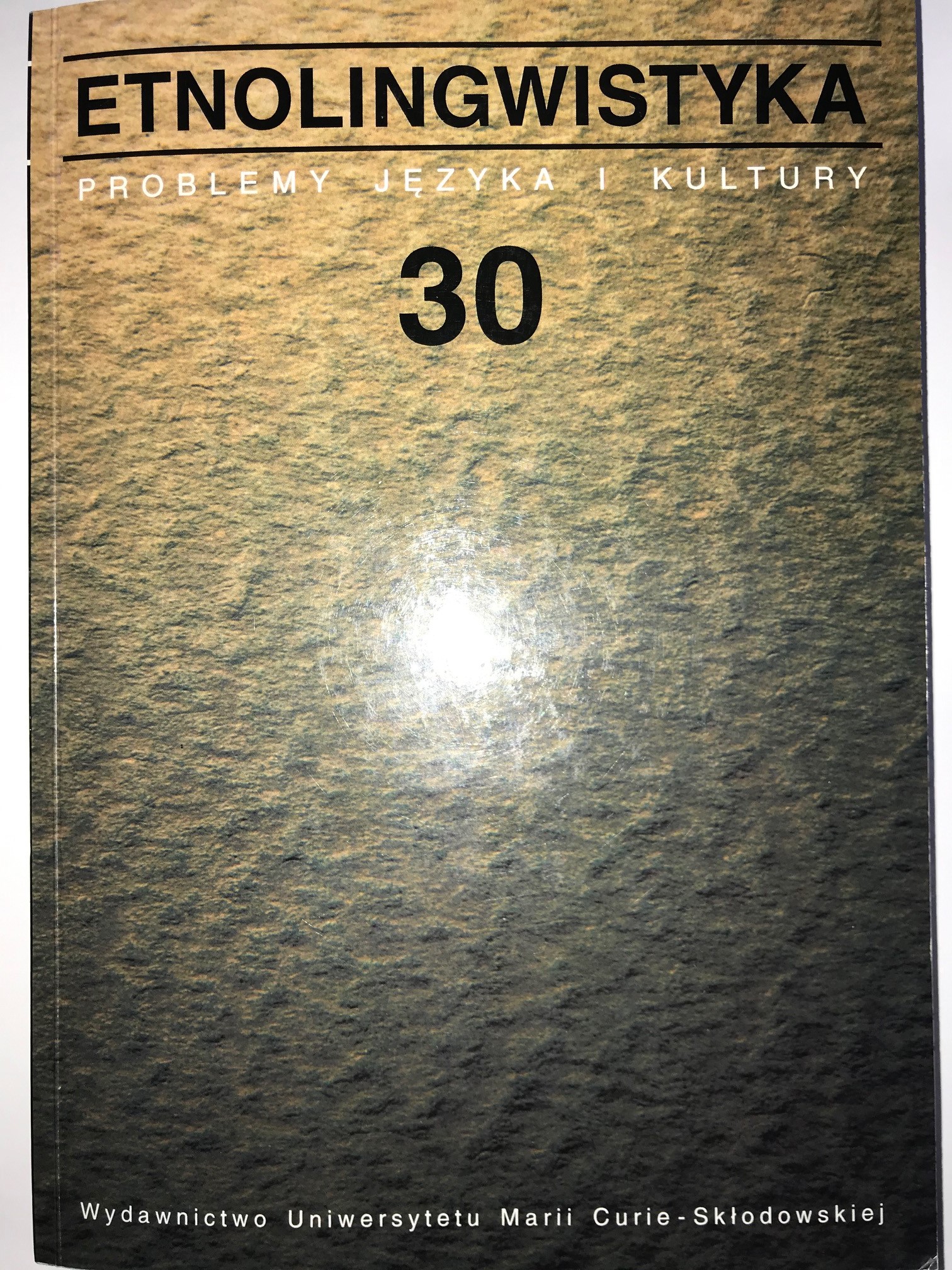O gramatycznych i leksykalnych wykładnikach pojęcia liczby w polszczyźnie
On the grammaticalisation of number in Polish
Author(s): Marta Nowosad-BakalarczykSubject(s): Cognitive linguistics, Descriptive linguistics
Published by: Wydawnictwo Naukowe Uniwersytetu Marii Curie-Sklodowskiej
Keywords: the concept of number; grammatical number; numeral; grammatical categories
Summary/Abstract: The study is based on the assumption that human cognition is closely linked with natural language. One can therefore ask what conceptual content has found its way into linguistic expression, in what form it is expressed, and what motivates that expression.The study is concerned with the linguistic manifestation of the concept of number (one of the most important categories of human thinking), through grammatical (morphological, syntactic and lexical), highly conventionalised means. Elementary numerical meanings encoded in Polish include ‘one’ and ‘more than one’ (in former stages of the language also ‘two’), corresponding to first numerical concepts comprehensible to humans (both in the historical and the individual sense). Those meanings are obligatorily expressed by all speakers of Polish and their markers are inflectional morphemes that play a role – in accordance with the norm – in all inflected parts of speech. That numerical opposition is also broadly expressed at the world-formational plane: there exist special morphemes that code the singularity of something (e.g. grosz-ek ‘pea’) or the collectivity of items (e.g. pierz-e ‘feathers; plumage’). Similarly, specific morphemes accentuate the singularity of an event (e.g. kaszl-ną-ć ‘to cough once’) or the multitude (multiplication) of actions (e.g. na-obierać ‘peel a lot of’, po-wynosić ‘take out many/all’ the items). The importance of the concept of number in Polish is also attested by the existence of numerals. The various degrees of precision that they express, e.g. the so-called definite numerals (trzy ‘three’, piętnaście ‘fifteen’) and indefinite (kilka ‘a few’, dużo ‘many’, tyle ‘that many’) correspond to the differences in the number and needs of the persons engaged in communication. The different inflectional paradigms and related syntactic functions of different numeral types stems from the need to link, in sentences, numbers with names of entities and events – that need, in turn, shows that a wide range of phenomena are perceived and conceptualised in numerical terms.
Journal: Etnolingwistyka. Problemy Języka I Kultury
- Issue Year: 30/2018
- Issue No: 30
- Page Range: 91-112
- Page Count: 22
- Language: Polish

